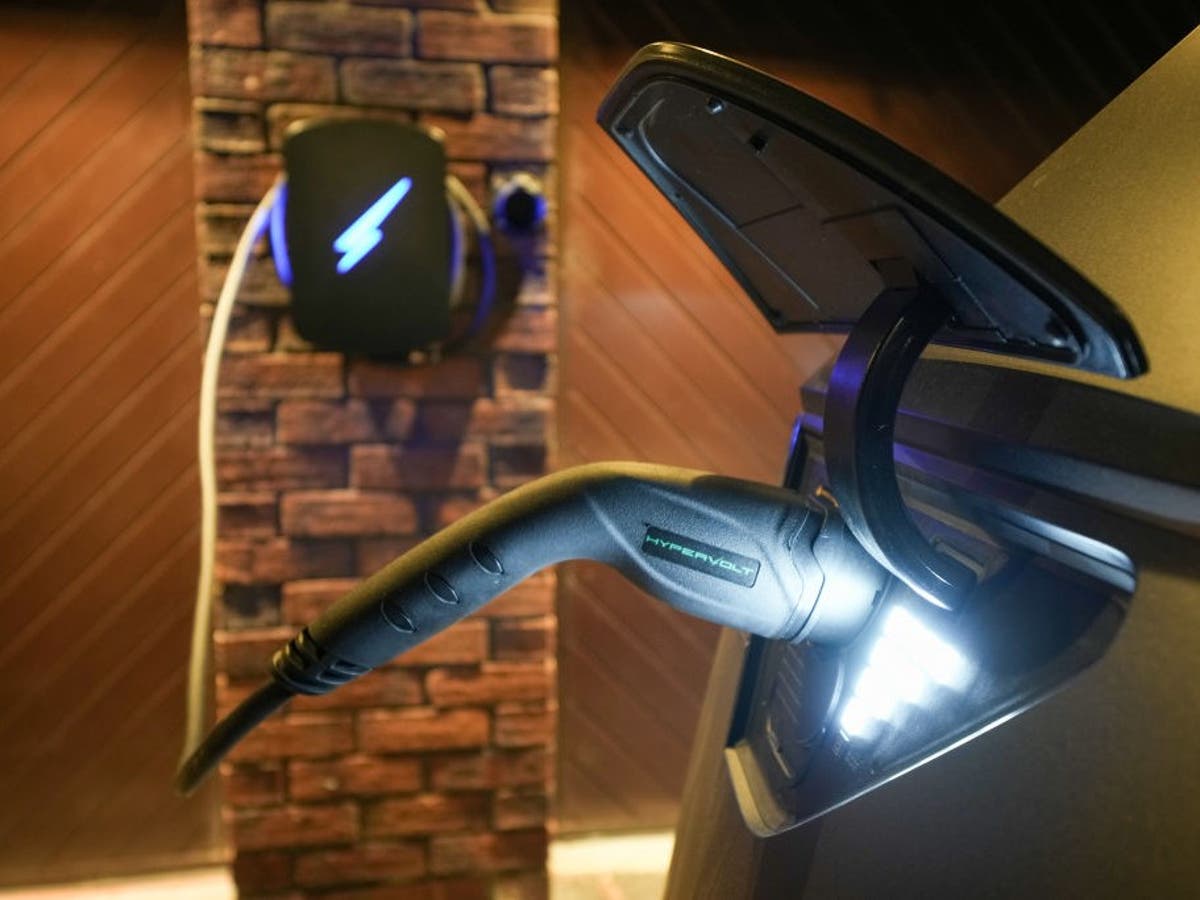A five-minute electric vehicle battery recharging method has been devised by NASA researchers. Even though this is still in the experimental stage, the potential is still quite great. There are still obstacles for many drivers even if an electric vehicle is becoming more widely available and sales are rising. I’ll start with autonomy and charging before I consider the cost.
In spite of the Hyundai Ioniq 5 being one of the quickest models right now, with a 10 to 80% charge in only 18 minutes, it is presently impossible to recharge for less than 30 minutes. But a lot of factors are involved, including the battery’s size and kind as well as the charging power, of course.
Modern technology
It appears impossible to accomplish a comparable time by plugging in your vehicle if it is now feasible to recharge your automobile in five minutes using the battery swap stations created by Nio and recently implemented in Europe. But it seems that a NASA research group has discovered a way.
The American space agency reports that it has created a method for charging an electric automobile in only five minutes using equipment developed for use in orbit in an article posted on its blog.
The researchers were able to reach such a low time by developing a cutting-edge cooling technology that might be utilized in the next space missions, despite the fact that its functioning may be hard to comprehend in detail.
In fact, some of them need the machinery to function at extremely particular temperatures, such as “nuclear fission energy systems for expeditions to the Moon, Mars, and beyond.”
Therefore, it is imperative to create an effective cooling technology, which may subsequently have additional real-world uses on Earth. As a consequence, a module known as FBCE, or Flow Boiling and Condensation Experiment, was developed that can eliminate heat produced while recharging.
Amazing intensity
According to the space agency, a charger has to be able to provide 1,400 amps of electricity in order to be able to charge an automobile in only five minutes. However, a residential charger only offers a maximum of 32 amps (or 100 amps if a three-phase system is used), and the most sophisticated devices are presently only allowed to generate 520 amps in the United States. With 670 and 650 amps, respectively, Xpeng and Nio in China go further to achieve powers of 500 and 480 kW.
This may be understood since the flow of the current generates heat, which, in extreme cases, can lead to overheating. Because of this, NASA developed a ground-breaking cooling mechanism that made it possible to multiply the electrical current by 4.6 without the danger of overheating. How? Due to the cable’s usage of a dielectric liquid, which does not carry electricity, the heat produced by the latter is absorbed.
Better still, the charging cable created by the Purdue University team headed by Issam Mudawar in collaboration with NASA can supply up to 2,400 amps, which is more than what is necessary to guarantee a charge in five minutes.
The only thing left to do is locate vehicles with batteries that work with this setup. In July of last year, CATL provided further information about its Qilin CTP 3.0, an accumulator that will be used in electric vehicles starting in 2023 and has a range of 1,000 kilometers and can charge to 80% in 10 minutes. A battery that can be recharged in five minutes has also been unveiled by the Chinese giant, although no release date or technical specifications have been provided as of yet.
Source: Gearrice

